Market Trends
Key Emerging Trends in the Near Infrared Imaging Market
The Near Infrared Imaging Market is trending due to medical imaging technological advances and the growing use of NIR imaging in medical applications. Healthcare professionals, researchers, and industry participants must understand these market trends to adapt. Medical imaging is using near-infrared imaging more. NIR imaging's flexibility in preoperative planning, intraoperative guiding, and disease diagnosis is helping it integrate into surgery, cancer, and neurology. Technology in near-infrared imaging systems is impacting the market. Improved resolution, sensitivity, and real-time capabilities boost NIR imaging's diagnostic and therapeutic potential. Accurate medical examinations utilizing high-quality photos need these advancements. Cancer imaging and surgical guiding are using NIR imaging more. Its capacity to view tumors, monitor tissue perfusion, and assist surgeons improve cancer surgery accuracy. Oncological therapies are improving outcomes and reducing collateral harm due to this trend. Near-infrared advances affect neuroimaging. NIR can penetrate tissues and offer functional information, making it useful for researching brain activity, cerebral oxygenation, and traumatic brain injuries and strokes. The market is moving toward handheld NIR equipment. These tiny, user-friendly tools are versatile for point-of-care diagnostics, emergency rooms, and ambulatory care. The trend toward mobility matches the need for on-site medical imaging. Near Infrared Imaging is vital to preclinical research. Its non-invasiveness and real-time data make it useful for preclinical disease models, medication effectiveness, and tissue responses. This trend advances translational research and medication development. AI improves NIR imaging. AI is used for picture analysis, interpretation, and decision assistance. The combination of NIR imaging with AI is enhancing clinical diagnostic accuracy and efficiency. In near-infrared imaging, multispectral imaging is growing. This method captures photos at many wavelengths to show tissue properties more clearly. Multispectral imaging improves diagnostic accuracy and NIR technology applications. Collaborations between research institutions, medical equipment makers, and healthcare providers promote NIR imaging. Innovative research and development are promoted by global alliances that share resources, experience, and speed up research. The near-infrared imaging industry requires strict regulation and standards. Regulatory compliance assures NIR equipment safety and effectiveness, while uniformity improves imaging findings.

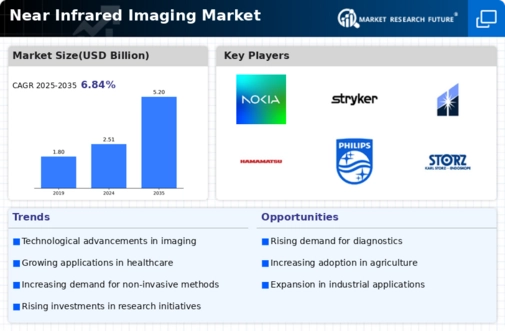
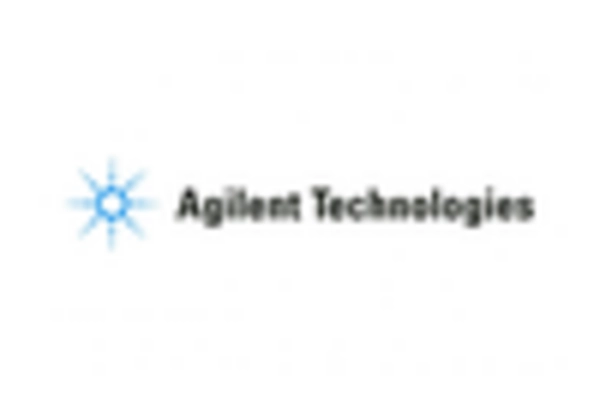
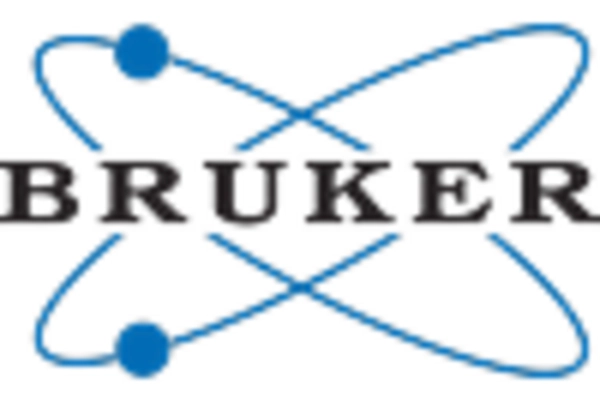
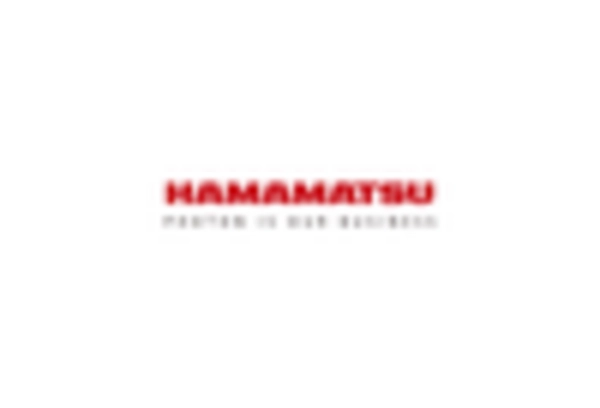

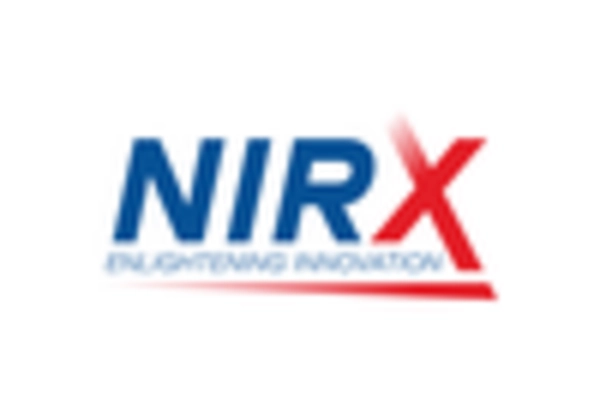
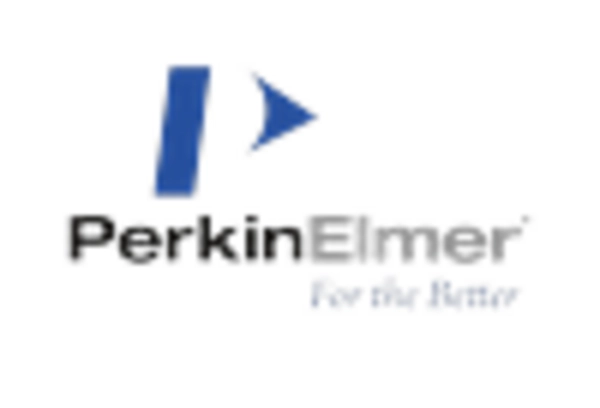









Leave a Comment